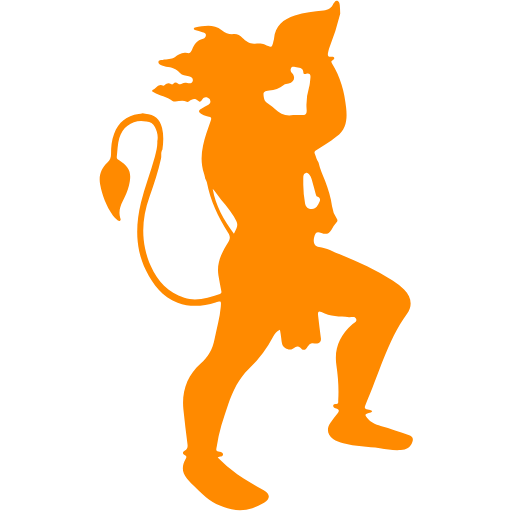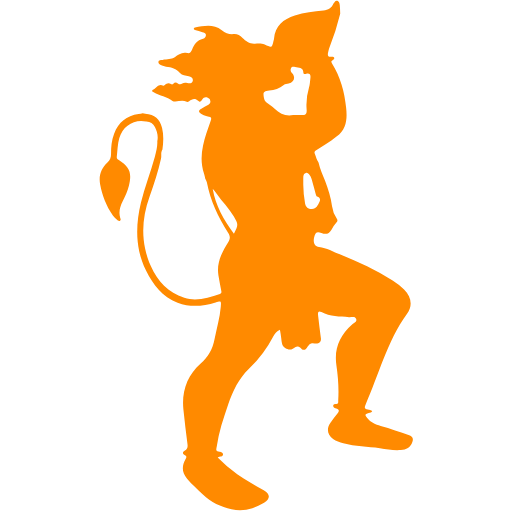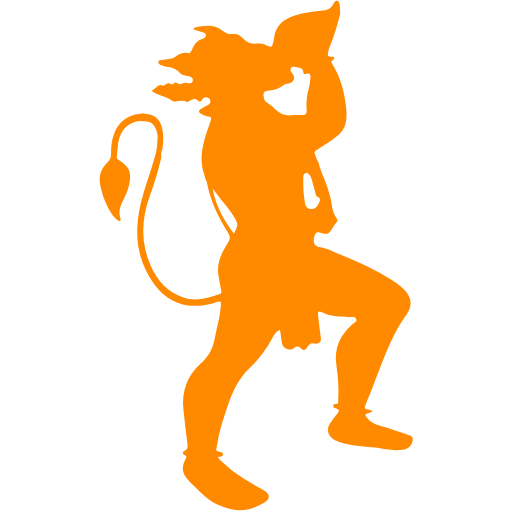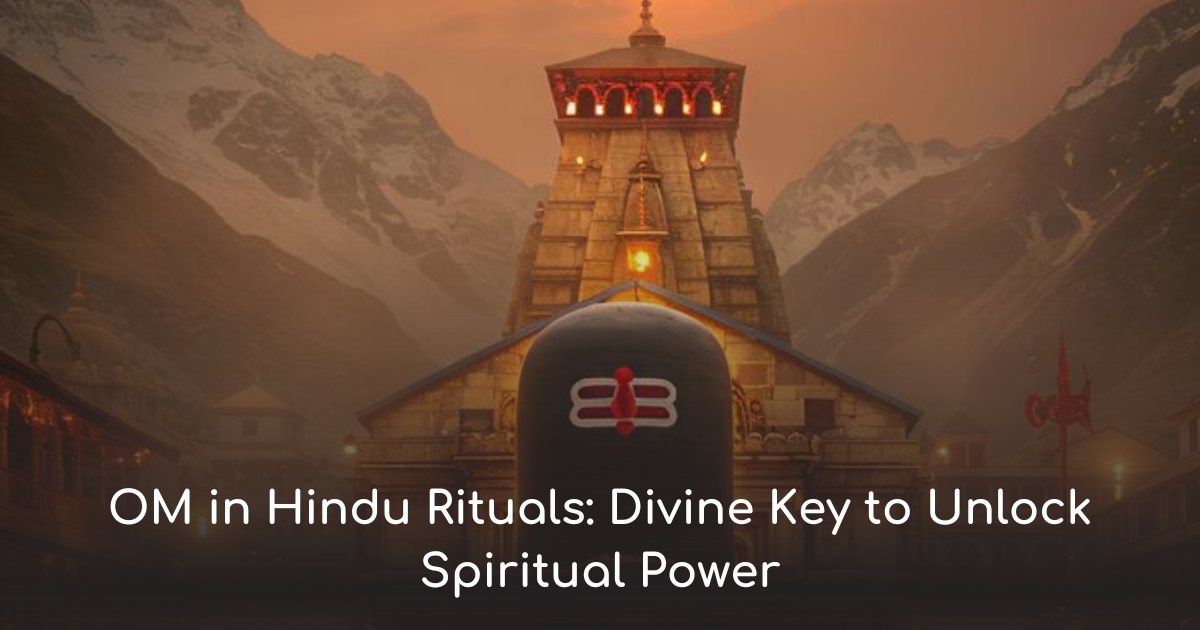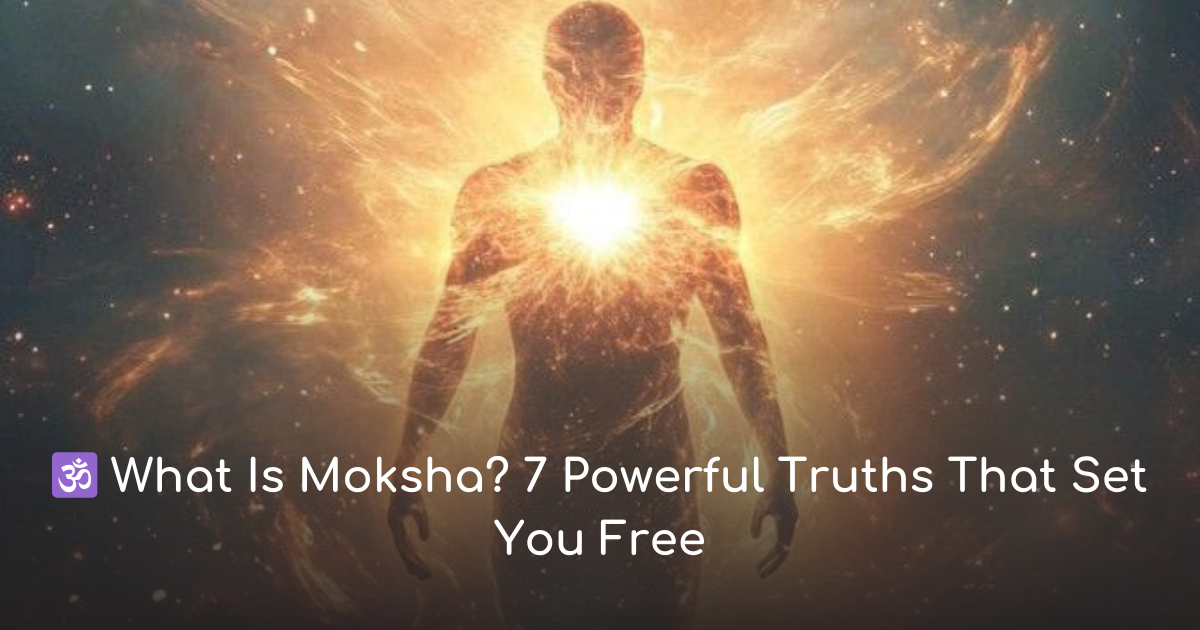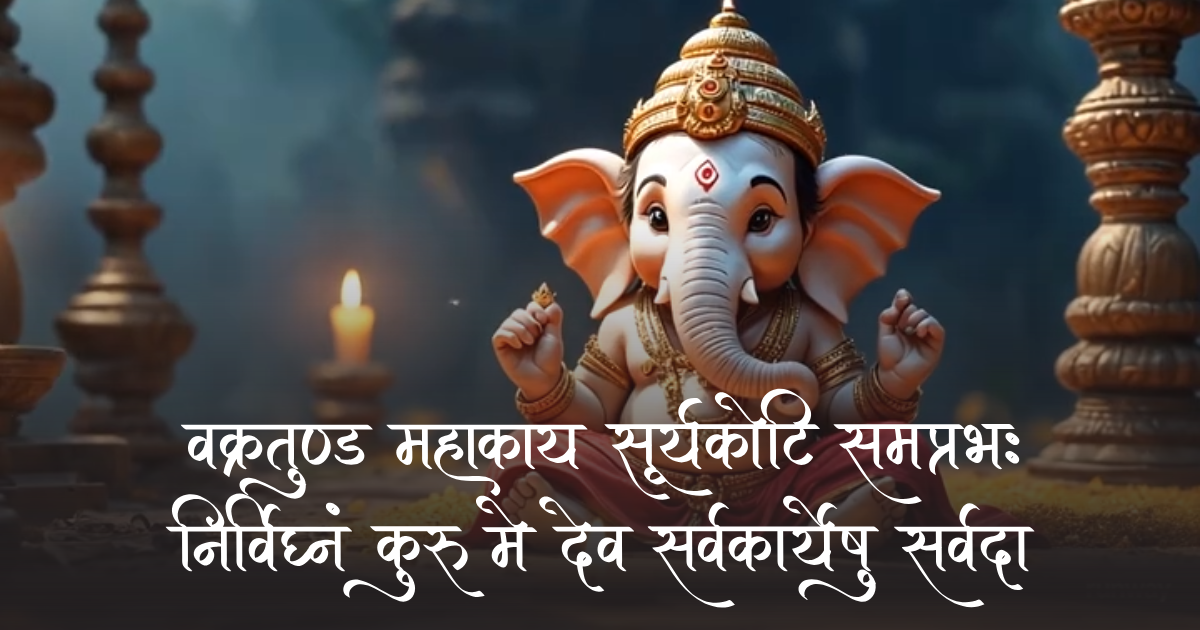kundalini shakti 7 sacred secrets every seeker must awaken in 2025
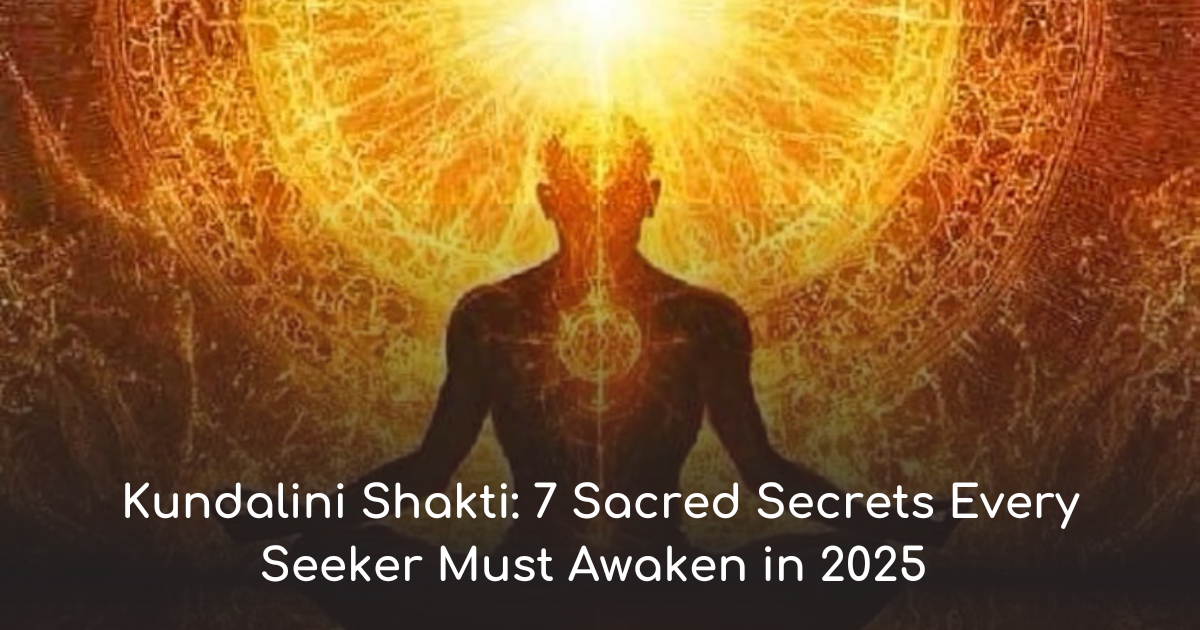
Kundalini Shakti is the divine force within you. Discover its sacred secrets and awaken spiritual power, pride, and purpose through Sanatan Dharma in 2025.
Kundalini Shakti in Sanatan Dharma: The Sacred Fire Within
Kundalini Shakti—this is not just a phrase. It is the divine energy, the sacred current of the cosmos residing within you. In the vast ocean of Sanatan Dharma, Kundalini is the silent current beneath all waves. It is not man-made; it is not learned—it is remembered. For every child born in Bharat carries this energy in their spine, waiting for the soul to awaken and claim its divine heritage.
According to Sanatan Dharma, Kundalini Shakti is the coiled energy (like a serpent) lying dormant at the base of the spine in the Muladhara Chakra. This sacred energy is none other than Adi Shakti—the supreme feminine principle, the mother of all creation. Once awakened through spiritual disciplines, she rises through the Sushumna Nadi, activating each of the seven chakras, eventually uniting with Shiva in the Sahasrara Chakra at the crown.
🔱 Kundalini in the Scriptures
The Upanishads, Tantras, and Yogic Shastras provide detailed expositions of this inner fire:
-
Shiva Samhita states that “the dormant power of Kundalini is the cause of bondage, and its awakening is the cause of liberation.”
-
The Yoga Kundalini Upanishad describes the process of awakening as “churning the fire within, until the nectar of immortality flows.”
-
In the Devi Bhagavatam, Adi Shakti is praised as the supreme Kundalini, the root of all yogic success and spiritual realization.
When the Rishis meditated in the caves of the Himalayas, they were not merely closing their eyes—they were igniting the inner lamp of Kundalini, guiding it up toward the eternal light of consciousness. It is this same energy that flowed through the words of the Vedas and empowered the silence of the sages.
🌟 Wisdom Line:
“Kundalini is the goddess within. When you awaken her, you awaken the whole universe within yourself.”
🐍 The Serpent Symbolism: A Cultural Lens
Why is Kundalini Shakti symbolized as a serpent? To the modern eye, this may seem mystical, even strange—but to the Dharmic mind, it is deeply symbolic.
The Coiled Serpent: Dormant, Yet Divine
The serpent is the eternal icon of potential energy—still, silent, yet deadly powerful when awakened. The Sanskrit term Kundalini comes from kundala, meaning coiled or spiral. It reflects the coiled energy at the base of the spine, likened to a three-and-a-half times coiled serpent, sleeping and waiting for spiritual ignition.
Serpent Imagery in Hinduism:
-
Lord Shiva wears the serpent Vasuki around his neck—showing absolute mastery over Kundalini.
-
Ananta Shesha, the cosmic serpent, represents the eternal support of the universe and the unending cycles of birth and rebirth.
-
During Samudra Manthan, Vasuki was used as the churning rope to extract amrit from the ocean—symbolizing how the “serpent” of Kundalini must be awakened to extract divine nectar (bliss) from within.
📿 Scriptural Reflection:
“In the coiled serpent lies the primal memory of the soul’s divinity. To fear it is to fear your own power.”
This imagery is not primitive—it is primordial. It tells us that inside each one of us is a cosmic serpent—Shakti herself—resting, not dead. Her awakening is our return to truth.
🔥 Rituals and Traditions for Energy Activation
Sanatan Dharma does not leave the awakening of Kundalini to mystery. It provides a clear, time-tested map through rituals, disciplines, and sacred practices. These are not superstition—they are science for the soul.
1. Purifying the Nadis (Energy Channels)
Before Shakti can rise, the subtle channels (nadis) must be cleansed. The three primary nadis are:
-
Ida – lunar, cooling, feminine (left nostril)
-
Pingala – solar, heating, masculine (right nostril)
-
Sushumna – central channel, path of Kundalini (spine)
Rituals and yogic kriyas are designed to purify these channels:
🔹 Surya Namaskar
Not just physical exercise—each movement aligns breath and prana with solar force, stimulating Pingala and preparing Sushumna.
🔹 Agni Kriya (Fire Rituals)
Fire ceremonies invoke the purifying force of Agni Dev, burning karmic residues and energizing the subtle body.
🔹 Pranayama (Breath Control)
Specific breath techniques like Nadi Shodhana and Bhastrika balance the ida and pingala, opening Sushumna.
🕉️ Wisdom Line:
“When breath flows freely, the soul breaks its chains.”
2. Mantra Japa and Sound Vibration
In Sanatan Dharma, mantra is not just repetition—it is vibration, frequency, and divine command.
-
OM resonates at the crown chakra, activating higher consciousness.
-
Soham synchronizes the breath with identity (“I am That”).
-
Beej Mantras like LAM (Muladhara), VAM (Svadhishthana), and so on awaken each chakra progressively.
By chanting with shraddha (faith) and bhava (emotion), these sounds begin to stir the coiled energy into motion.
📜 Scriptural Note:
“Mantra is the bridge between matter and spirit. What you chant, you become.”
3. Brahmacharya, Tapasya, and Yagna: Preserving the Flame
Kundalini Shakti is subtle. She does not rise in the chaos of indulgence or distraction. Discipline is her path.
🕯️ Brahmacharya (Celibacy or restraint)
This practice is not repression but redirection—saving life energy (ojas) to fuel the rising of Shakti.
🔥 Tapasya (Austerity)
All saints—Tulsidas, Patanjali, Aurobindo—practiced intense self-discipline. This tapas burns the ego, the greatest barrier to Shakti.
🪔 Yagna (Sacrifice)
Performing sacred fire rituals with intention purifies not only the surroundings but the inner space of the sadhak (seeker).
✨ Wisdom Line:
“Your body is the altar, your breath the offering, and your mind the priest—when all align, Shakti dances.”
✨ Summary – Key Takeaways
| Element | Symbolism | Role in Awakening Kundalini |
|---|---|---|
| Serpent | Dormant power | Represents the coiled Kundalini energy |
| Temples & Rituals | Sacred geometry | Tools to align energy centers |
| Scriptures | Divine wisdom | Provide the map to Kundalini awakening |
| Discipline (Tapasya) | Inner fire | Prepares the vessel for divine ascent |
Kundalini Shakti is not a Western yoga studio trend. She is the mother of all wisdom, the power behind the mantra, and the secret of our ancient Rishis. Sanatan Dharma does not just speak of awakening—it guides it. Through scriptures, symbols, and sacred rituals, we are given the blueprint to reawaken the forgotten divine energy within.
The time has come, O seeker, to no longer leave this fire dormant. Let your inner Shakti rise—not only for your liberation but for the revival of Dharma itself.
🛕 Temples as Chakras of Bharat Bhoomi
In Sanatan Dharma, temples are not merely architectural marvels or places of worship—they are energy centers, sacred replicas of the human body and the cosmic order. Just as chakras are power points in our subtle body, Shakti Peethas and ancient temples are power points on the body of Bharat Mata. When we awaken Kundalini Shakti within, we rise through these internal chakras. Similarly, when we visit these Shakti Peethas, we activate the outer reflection of our inner journey.
Temples & Chakras: A Divine Correlation
-
Garbhagriha (Sanctum) = Muladhara Chakra
-
Vimana (Temple Tower) = Sahasrara Chakra
-
Pradakshina Path = Nadi flow and energy circulation
-
Mantras, Bells, and Lights = Activation tools for dormant energy
✨ “Temples are not just built—they are revealed. Each ancient temple is a living, breathing chakra of Mother Earth.”
7 Shakti Peethas and the Chakras They Represent:
| Chakra | Shakti Peetha | Location | Attribute |
|---|---|---|---|
| Muladhara | Kamakhya | Assam | Fertility, creation, grounding |
| Svadhisthana | Tripura Sundari | Tripura | Sensuality, water element, flow |
| Manipura | Jwalamukhi | Himachal Pradesh | Fire, power, digestion |
| Anahata | Vaishno Devi | Jammu | Compassion, heart energy |
| Vishuddha | Kali Ghat | Kolkata | Expression, purity, voice |
| Ajna | Bhairavi | Tamil Nadu | Intuition, vision, clarity |
| Sahasrara | Kanyakumari | Tamil Nadu | Union with divine, transcendence |
When a sadhak (seeker) makes a pilgrimage to these Shakti temples with devotion, they are synchronizing their inner journey with the sacred geography of Bharat.
📿 Wisdom Line:
“Bharat’s temples are not dead stones—they are living chakras in the spine of Mother Dharma.”
🙏 Saints Who Walked the Path of Shakti
Kundalini Shakti is not theoretical—it is experiential, and the lives of enlightened saints are living proof of her awakening. From Himalayan caves to Bengal forests, saints across time have walked the sacred path of Shakti Sadhana, reaching heights of divine consciousness that inspire generations.
1. Sri Ramakrishna Paramahamsa
The great 19th-century mystic from Bengal, Ramakrishna had multiple samadhi experiences and intense Kundalini awakenings. His devotion to Kali Maa and his experiences of Shiva-Shakti union revealed the depths of Tantric and Vedantic realization.
🕯️ “When Kundalini rises, all veils drop. I saw the whole universe as filled with Divine Mother’s love.”
2. Swami Vivekananda
His fiery speeches, dynamic energy, and profound clarity were signs of fully awakened Shakti. Vivekananda spoke of Kundalini not as mysticism, but as a scientific force, available to all disciplined seekers.
🗣️ “All the powers of the universe are already within you. It is Kundalini that opens the door.”
3. Lahiri Mahasaya
A great householder yogi and disciple of Mahavatar Babaji, Lahiri Mahasaya taught Kriya Yoga, which rapidly purifies the spine and awakens Kundalini. His methods were accessible, systematic, and rooted in ancient scripture.
4. Anandamayi Ma
This saint, often lost in spontaneous bliss and divine ecstasy, was a walking embodiment of Kundalini Shakti. Her presence could awaken deep spiritual yearning in others.
🌸 Divine Quote:
“God alone is real. Everything else is a dream. The way to Him is through the rising of your inner energy—Shakti.”
🧙♂️ The Guru’s Role in Shakti Activation
One cannot overstate the importance of the Guru on the path of Kundalini. A true Guru is not just a teacher—he or she is the channel through which Shakti flows, guiding, protecting, and awakening the disciple’s soul.
Shaktipat: The Sacred Transmission
In some cases, a Guru can awaken the Kundalini in a disciple through Shaktipat—a sacred energy transmission through touch, mantra, glance, or even thought. This is not magic—it is a deeply spiritual bond forged through lifetimes.
🔱 “Shaktipat is not given lightly. The Guru must have walked the fire of Shakti and emerged as light itself.”
Ancient Guru-Disciple Bonds:
-
Dattatreya and Parasurama – where a divine Guru ignites the inner Shakti of the warrior disciple
-
Matsyendranath and Gorakhnath – custodians of the Nath tradition, preserving ancient Kundalini wisdom
-
Shri Guru Gita – A scripture entirely devoted to the role of the Guru as the bridge between seeker and Shakti
🕉️ Quote from Guru Gita:
“Gurur Brahma, Gurur Vishnu, Gurur Devo Maheshwaraha...”
— Meaning: The Guru is Brahma, Vishnu, and Shiva—the entire cosmos in one.
Traits of a True Kundalini Guru:
-
Radiates calm, not chaos
-
Encourages discipline, not dependency
-
Knows the scriptures, but speaks through experience
-
Can awaken, but also anchor the energy
🔍 The Inner Teachings of the Saints
What do all awakened saints say, regardless of lineage or sect?
-
You are divine: Kundalini is already within you, awaiting your permission.
-
Discipline is essential: Bhakti (devotion), Gyaan (knowledge), and Kriya (action) must be in balance.
-
Don’t rush: Forced awakening can cause imbalance. Let Shakti rise as per your purification.
-
Serve others: An awakened being sees the Divine in all.
✨ “Don’t seek fireworks. Seek the slow, steady flame that burns ego into ash and reveals the soul’s light.”
🧘♀️ Practical Teachings for Modern Seekers:
| Practice | Purpose | Guidance |
|---|---|---|
| Japa (Mantra repetition) | Awakens Shakti through vibration | Use “Soham,” “Om Aim Hreem Kleem,” or Guru-given mantras |
| Chakra Meditation | Aligns energy flow | Focus on color, sound, and beej mantra of each chakra |
| Seva (Service) | Grounds energy, purifies ego | Serve Guru, temple, or community as spiritual practice |
| Silence (Mauna) | Internalizes energy | Practice silence 1 day/week to deepen awareness |
Temples, saints, and Gurus are not just sacred symbols of the past. They are living invitations to ignite your Shakti today. Just as Ganga flows from the Himalayas to cleanse, so too does Kundalini Shakti rise from your root to crown, sanctifying your being.
The energy that awakened the Rishis…
The devotion that built 108 Shakti Peethas…
The grace that lit the hearts of saints…
Is within you.
She is waiting.
She is sacred.
She is Shakti.
⚛️ Kundalini in Modern Life: Science, Yoga & Awakening
In the age of technology and global noise, the inner voice often gets drowned. Yet amidst the chaos, there is a silent revolution happening—a return to ancient wisdom. Kundalini Shakti, once the guarded secret of Himalayan sages, is now entering the language of neuroscience, mindfulness, and global spirituality.
But make no mistake—this awakening is not a Western invention. It is a Sanatan gift, a jewel of Bharat’s spiritual treasury now being rediscovered by the world.
🧠 Science Meets Shakti
Modern scientists and neurologists have begun exploring what yogis knew millennia ago. Studies on Kundalini awakenings show changes in:
-
Brain waves (increased gamma and theta frequencies)
-
Heart rate variability (greater emotional balance)
-
Pineal gland activity (associated with Ajna chakra)
-
Nervous system activation (through vagus nerve stimulation)
Although the terminology differs, science now recognizes a psychophysiological process behind the mystical Kundalini. Meditation and yogic practices show measurable enhancements in consciousness, creativity, and healing.
🧬 “Kundalini is the Sanatan Dharma version of what science calls ‘human potential’. One names it Shakti, the other names it energy. Both point to the same truth.”
🧘 Kundalini Yoga: Global Trend, Ancient Root
In the West, Kundalini Yoga (popularized by Yogi Bhajan and others) has surged in popularity. White robes, rapid breathwork, and mantras form a modern version of this practice.
Yet the original Kundalini path is found in the Tantras, Patanjali Yoga Sutras, Shiva Samhita, and Kriya Yoga traditions—rooted in thousands of years of dharmic wisdom. The essence is the same:
-
Balance Ida and Pingala (left and right energy)
-
Activate Sushumna Nadi (central energy channel)
-
Rise of Shakti through chakras toward divine union
🌟 Wisdom Line:
“You may modernize the tools, but the soul of Kundalini belongs to Sanatan Dharma.”
📊 Traditional vs. Modern Kundalini Practice:
| Element | Traditional Approach | Modern Adaptation |
|---|---|---|
| Guru-Disciple | Essential for safe awakening | Often replaced by online courses |
| Mantra | Sanskrit seed sounds | Affirmations or mixed-language chants |
| Ritual | Fire offerings, mudras, fasting | Studio sessions, energy healing |
| Depth | Slow, disciplined, internal | Often rapid, high-energy focus |
| Goal | Self-realization, moksha | Stress relief, empowerment |
Modern approaches may offer accessibility, but depth and safety lie in returning to dharmic roots. Without reverence, Shakti becomes a performance—not a path.
🇮🇳 Kundalini and Dharmic Revival: Awaken Bharat Mata
Just as Kundalini rises from Muladhara to Sahasrara, Bharat Mata too must awaken—from her slumber of colonization, confusion, and cultural amnesia to her crown of spiritual sovereignty.
When the Inner Shakti Rises…
-
We reclaim pride in our scriptures, not shame
-
We restore the sacredness of womanhood, not exploitation
-
We practice seva and sadhana, not selfishness and shortcuts
-
We see Bharat not as geography—but as a divine being
🔱 “When Kundalini rises in a yogi, he becomes a rishi. When it rises in a nation, it becomes a dharmic renaissance.”
Awakening the Youth of Bharat
Our youth are energetic, brilliant—but often rootless. They search for identity in consumerism, trends, or foreign philosophies.
Let us show them:
-
The fire of Tapasya in Bhagat Singh
-
The Shakti of discipline in APJ Abdul Kalam
-
The purity of consciousness in Ramana Maharshi
Let us remind them that Kundalini Shakti is not just for monks—it is for warriors, scientists, mothers, and dreamers. It is the force that awakens purpose.
🌍 India’s Role in a Global Spiritual Future
As the West turns East for inner answers, Bharat must rise not in imitation but in authentic leadership.
-
Our yogic sciences are already in every major city of the world
-
Our temples are global centers of energy and healing
-
Our scriptures are guiding psychologists, physicists, and visionaries
Let us not look at our traditions with borrowed eyes. Let us look with the eyes of our ancestors—clear, proud, reverent.
🌺 “Kundalini is not just rising in people. She is rising in civilization. A dharmic age is returning.”
🔍 Myths vs. Truths: Kundalini Clarified
| Myth | Truth |
|---|---|
| It is dangerous | Without guidance, yes. With discipline, it is divine. |
| It is for sannyasis only | Every householder can walk the path with balance. |
| It is a quick fix | It is a lifelong journey of purification. |
| You will lose control | You will gain true control—of self, not others. |
| Kundalini is magic | It is the science of soul evolution. |
🧘♂️ Wisdom Line:
“Kundalini is not a circus—it is a sacred rising. Respect her, and she will reveal the Divine.”
🙌 A Call to Every Seeker: Awaken Your Shakti
Dear reader, the time is now. The world is in transition. Dharma needs awakened souls, not passive observers. You are not small. You are not powerless. Shakti lives within you, coiled like a thousand suns waiting to rise.
Here’s how you begin:
🕉️ 7 Steps to Begin Your Shakti Journey:
-
Honor your body – your temple, your altar
-
Wake at Brahma Muhurta – the sacred hour for sadhana
-
Chant a daily mantra – even one mala of “Om Hreem Namah”
-
Do pranayama – breathe like the Rishis
-
Read from the Gita or Upanishads – one shloka a day
-
Serve selflessly – purify the ego through seva
-
Surrender to the Divine – not with fear, but with fierce love
You are not alone. Millions are rising with you. This is not just your journey—it is our collective rising, a Kundalini Yatra of civilization.
📿 “Uddhared Atman Atmanam—Lift yourself by your own Self.”
— Bhagavad Gita 6.5
🌈 Final Words: Let the Shakti Rise
In the coils of your spine lies the history of your soul. In the silence of your breath, the voice of the cosmos whispers.
Kundalini Shakti is not a power to possess—it is a divine remembrance.
To awaken her is to remember who you truly are:
⚡ A child of Sanatan Dharma
⚡ A spark of cosmic consciousness
⚡ A torchbearer of Bharat’s eternal light
Let her rise, not just in you—but in your home, your family, your dharma, and your dharti. Let 2025 be the year we rise together, with our heads held high and our Shakti awakened.
🌺 “May the Divine Mother dance again in our spines, in our soil, and in our souls.”
🙋♂️ Frequently Asked Questions (FAQs) About Kundalini Shakti
1. What is Kundalini Shakti, and where is it located in the body?
Kundalini Shakti is the primal cosmic energy residing in every human being. According to Sanatan Dharma, it lies dormant at the base of the spine in the Muladhara Chakra, coiled like a serpent. This energy, once awakened, rises through the Sushumna Nadi, activating the seven chakras and leading to ultimate spiritual liberation and divine union with the Supreme Consciousness.
2. Is Kundalini awakening safe for everyone?
Yes, Kundalini awakening is safe when approached with discipline, guidance, and humility. The danger arises only when people attempt to force the process without purification or guidance. Like fire, Kundalini can warm or burn—its effect depends on the vessel. A true path requires inner cleansing, patience, and sometimes the grace of a Guru to navigate the energy safely.
3. Do I need a Guru to awaken Kundalini Shakti?
While many begin the journey alone, the guidance of a realized Guru is invaluable. A Guru ensures that your awakening is not just energetic but also balanced, safe, and purposeful. Shaktipat (energy transmission) from a Guru can accelerate progress and prevent imbalances. Sanatan Dharma teaches that the Guru is not external control, but your inner light reflected in human form.
4. Can women awaken Kundalini Shakti, or is it only for men?
Kundalini Shakti resides equally in men and women. In fact, the feminine principle is central to Kundalini, as it is the divine mother energy. Women, through sadhana, mantra, and devotion, can attain the highest realizations. Many great saints and yoginis, like Anandamayi Ma and Avvaiyar, have achieved enlightenment through this sacred energy.
5. What are the signs that Kundalini is awakening?
Early signs of awakening may include heightened awareness, inner bliss, increased intuition, spontaneous yoga postures (kriyas), and shifts in breathing. Some feel warmth or tingling in the spine, while others have dreams, visions, or spontaneous meditative states. These signs should be approached with detachment and grounding, as the goal is not sensation but liberation.
6. How long does it take to awaken Kundalini Shakti?
There is no fixed timeline. For some, it may take years or lifetimes of tapasya (austerity) and devotion. For others, it may happen spontaneously through grace or past life merit. The true focus should not be speed but sincerity and surrender. When the seeker is ready, the Shakti rises. Each soul’s journey is unique, and comparing timelines only leads to ego.
7. Can Kundalini Shakti be misused or lead to ego traps?
Yes. Without inner purification, awakened Kundalini may amplify ego, delusions, or attachment to psychic powers (siddhis). That’s why Sanatan Dharma emphasizes bhakti, seva, and selfless living along with energy work. The ultimate purpose of Kundalini is not power over others, but mastery over self and union with the Divine.
8. Is Kundalini Yoga the same as Hatha Yoga or Ashtanga Yoga?
While interconnected, each has a unique focus. Kundalini Yoga emphasizes energy awakening through breath, mantra, and kriya. Hatha Yoga focuses more on physical postures (asanas) and breath control (pranayama). Ashtanga Yoga, outlined by Maharishi Patanjali, is a broader path of ethical discipline, concentration, and samadhi. All can support Kundalini awakening if practiced with inner purity.
9. Can Kundalini help with mental and emotional healing?
Absolutely. As Shakti rises, she clears blockages in the chakras, often releasing stored traumas and emotional wounds. Many seekers experience catharsis, clarity, and healing of depression, anxiety, and past pain. However, this should be approached with spiritual maturity, support, and inner stillness—not as a shortcut therapy, but as a path of deep transformation.
10. How can I begin my Kundalini journey today?
Begin simply and sincerely. Start your day with mantra chanting, follow with pranayama, and offer yourself in seva (selfless service). Read scriptures like the Bhagavad Gita, Yoga Vashishta, and Kundalini Upanishads. Most importantly, align your life with dharma, purity, and devotion. Remember—Kundalini is already within you. Your effort is to prepare the path for her to rise gracefully.
❤️ Message to the Reader
Dear Seeker,
You are not here by accident. If these words have stirred something within you, know that it is your Shakti calling out. You carry within you the same divine power that built temples, guided saints, and gave birth to sacred wisdom. Sanatan Dharma is your legacy—not just to study, but to embody.
In a world distracted by illusions, your quest for truth is heroic. Walk this path not with fear, but with reverence and pride. You are not alone. You are not powerless. You are the child of immortality.
Let your Kundalini rise. Let Dharma rise with you.
⚠️ Disclaimer
The information provided in this article is for spiritual education and inspiration only. It does not substitute medical or psychological advice. Kundalini awakening is a sacred process and should be pursued with responsibility, purity, and preferably under the guidance of a qualified spiritual teacher. Individual experiences may vary, and intense physical or emotional reactions should be approached with discernment and support.
🌟 Feeling the stir of Kundalini within?
Your journey toward awakening begins with a single, sacred step. Let today be that moment.
🕉️ Start with what you have. Where you are. With faith in your heart.
Chant a mantra. Light a diya. Read one verse of the Gita. Bow in silence. These small acts ignite great awakenings.
📚 Explore more sacred wisdom on SanatanYug.com — where the timeless light of Sanatan Dharma shines through stories, scriptures, and seeker-friendly guides.
💬 Have a question, realization, or experience to share?
Reach out to us in the comments or via email. Your voice matters. Your journey inspires.
📢 Share this article with a fellow seeker and be the spark that awakens Shakti in another soul.
🌺 Jai Maa Adi Shakti. Jai Sanatan Dharma. Let the fire rise.

